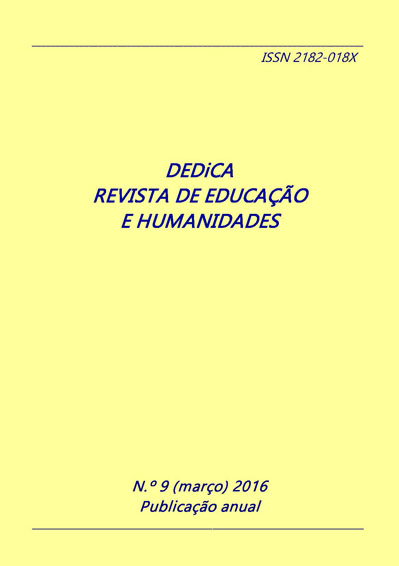The audiovisual listening and its effects, that private act with social repercussions
DOI:
https://doi.org/10.30827/dreh.v0i9.6890Keywords:
music, listening, education, effects, children, film and televisionAbstract
Educational activities aimed at children in this age are oriented towards understanding the context, looking for a school alive with meaning and sense remains just a wish in many countries and sectors. Our study is concerned with the closest and everyday sonic and musical environment, film and television as large areas of social communication and globalization. The present paper shows the observational development made from a selection of favourite audiovisuals, questionnaires, application and quantitative and qualitative results obtained on audiovisual experience applied in two public schools. The results obtained with SPSS and Atlas.ti show the significance and meaning of music in the selected audiovisuals and its relation to history and image, setting the stage for future educational interventions that can promote music education since understanding the sound habitat, contexts and values.Downloads
References
Cohen, J. (2001). Defining identification: A theoretical look at the identification of audiences with media characters. Mass Communication & Society, 4(3), 245-264.
De la Serna, M. C. (1993). La interpretación de los mensajes televisivos por la infancia. CL & E: Comunicación, Lenguaje y Educación, (18), 67-80.
Gardner, H. (1994). Estructuras de la mente. La Teoría de las Inteligencias Múltiples, 2.
Goleman, D. (2012). Inteligencia emocional. Barcelona: Kairós.
Holland, A. C.; Kensinger, E. A. (2010). Emotion and autobiographical memory. Physics of Life Reviews, 7(1), 88-131.
Lévi-Strauss, C. (1969). The elementary structures of kinship (No. 340). Beacon Press.
North, A. C.; Hargreaves, D. J. (1999). Music and adolescent identity. Music Education Research, 1(1), 75-92.
Perkins, D. N. (1986). Thinking frames. Educational Leadership, 43(8), 4-10. Consultado en 08/07/2015. Recuperado de: http://www.ascd.com/ASCD/pdf/journals/ed_lead/el_198605_perkins.pdf
Piaget, J.; Inhelder, B. (1997). Psicología del niño (Vol. 369). Madrid: Morata.
Platz, F.; Kopiez, R.; Hasselhorn, J.; Wolf, A. (2015). The impact of song-specific age and affective qualities of popular songs on music-evoked autobiographical memories (meams). Musicae Scientiae (Published online before print August 5, 2015) doi: 10.1177/1029864915597567
Porta, A. (2007). Músicas públicas, escuchas privadas: Hacia una lectura de la música popular contemporánea. Aldea Global. Barcelona: Universitat Autònoma de Barcelona.
Porta, A.; Morant, R.; Ferrández, R. (2015). La plantilla 3.0, un instrumento para conocer la música de la infancia. RECIEM, en prensa.
Salomon, G. (1992). Las diversas influencias de la tecnología en el desarrollo de la mente. Infancia y Aprendizaje, 58, 143-159.
Small, C. (1999). El musicar: Un ritual en el espacio social. Revista Transcultural de Música, 4.
Vigotsky, L. S. (1979). El desarrollo de los procesos psicológicos superiores, 159-178. M. Cole (Ed.). Barcelona: Crítica.












